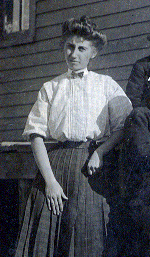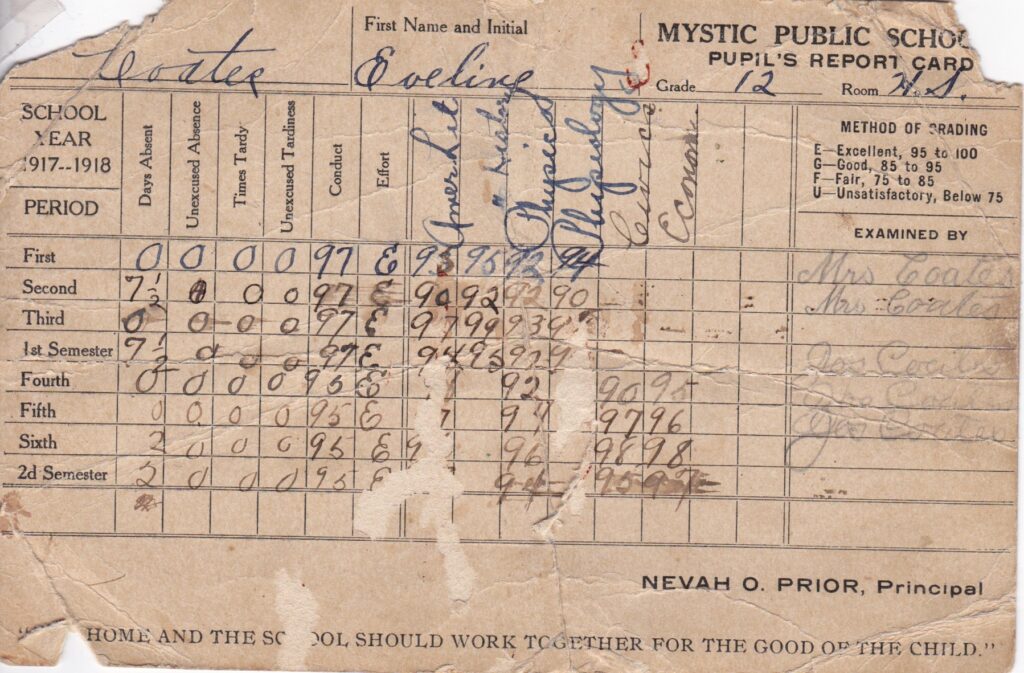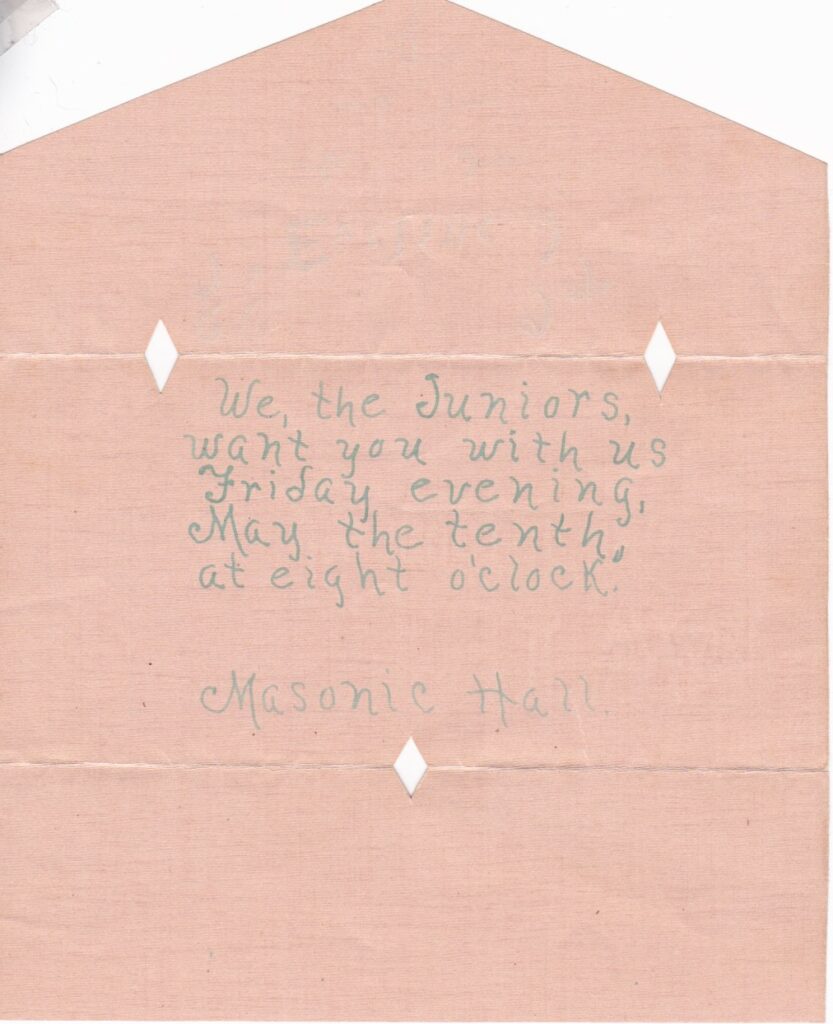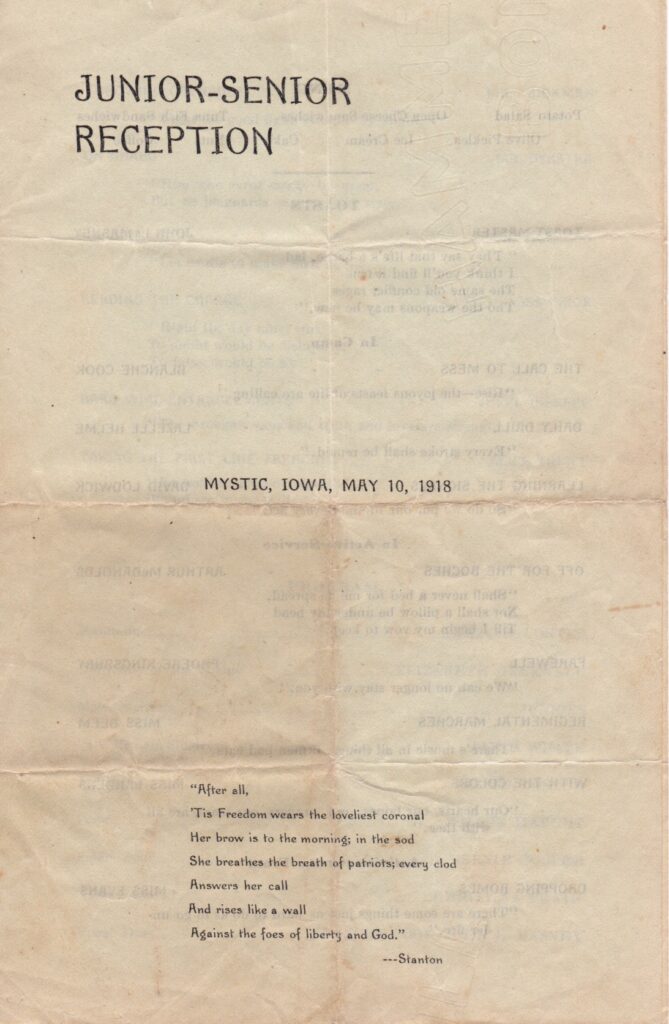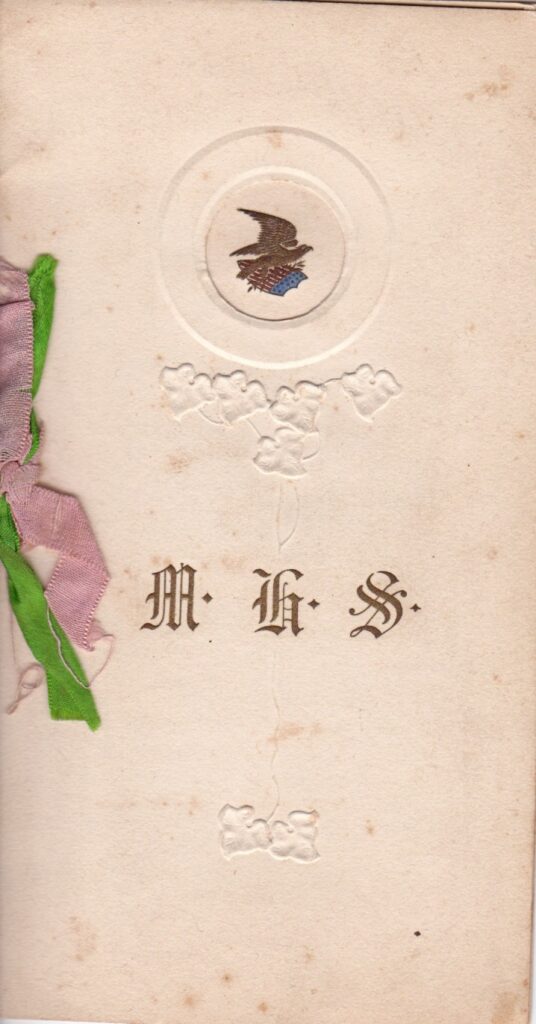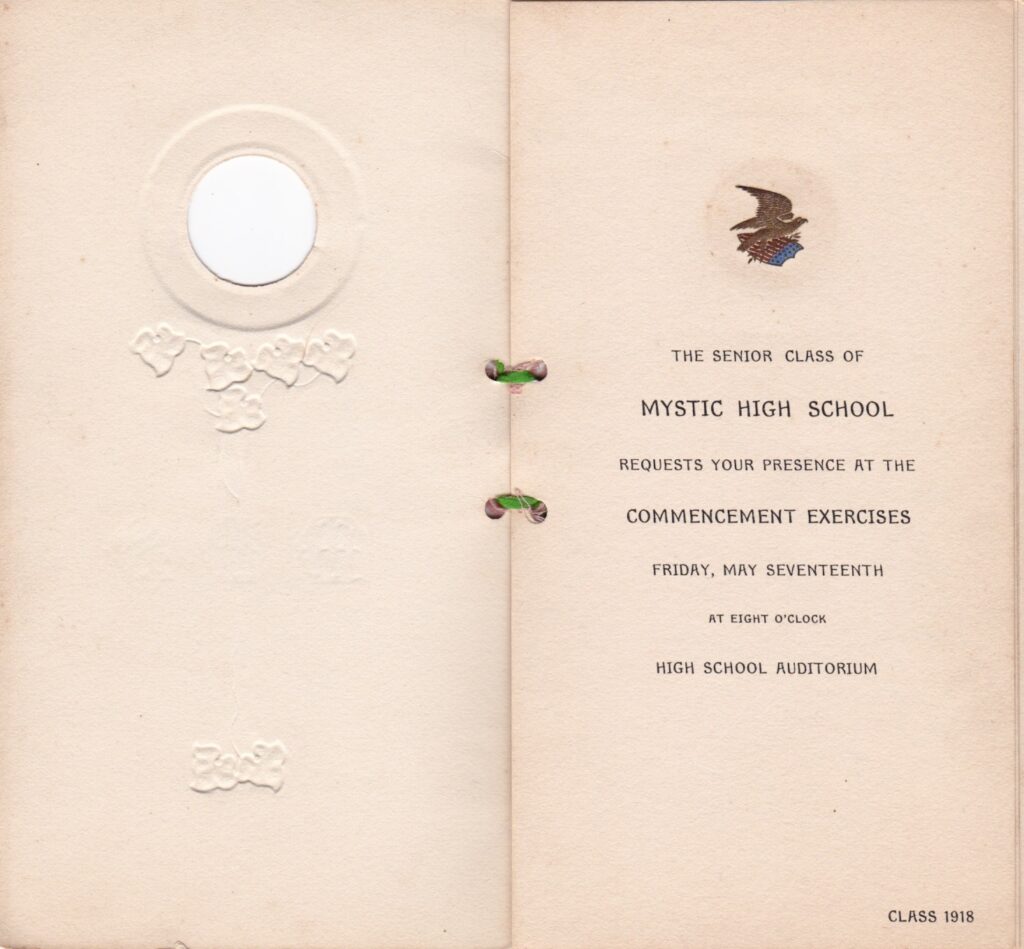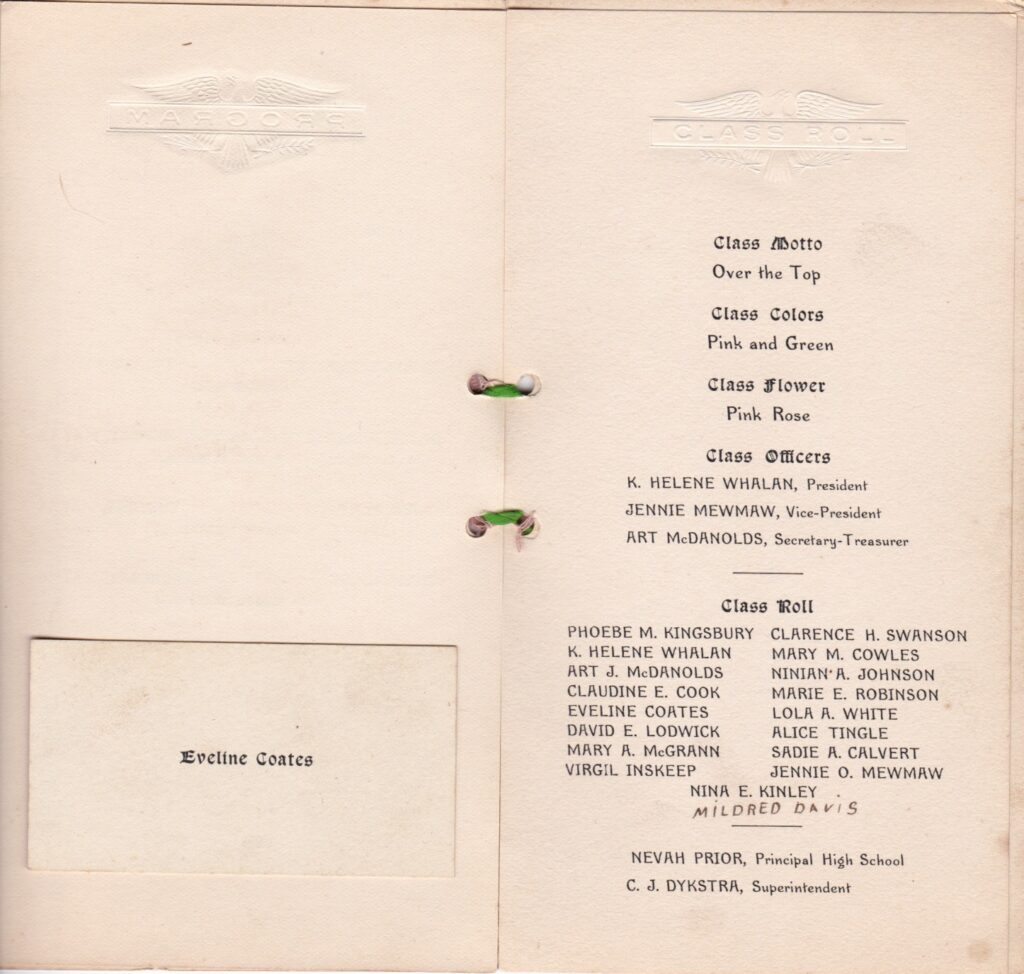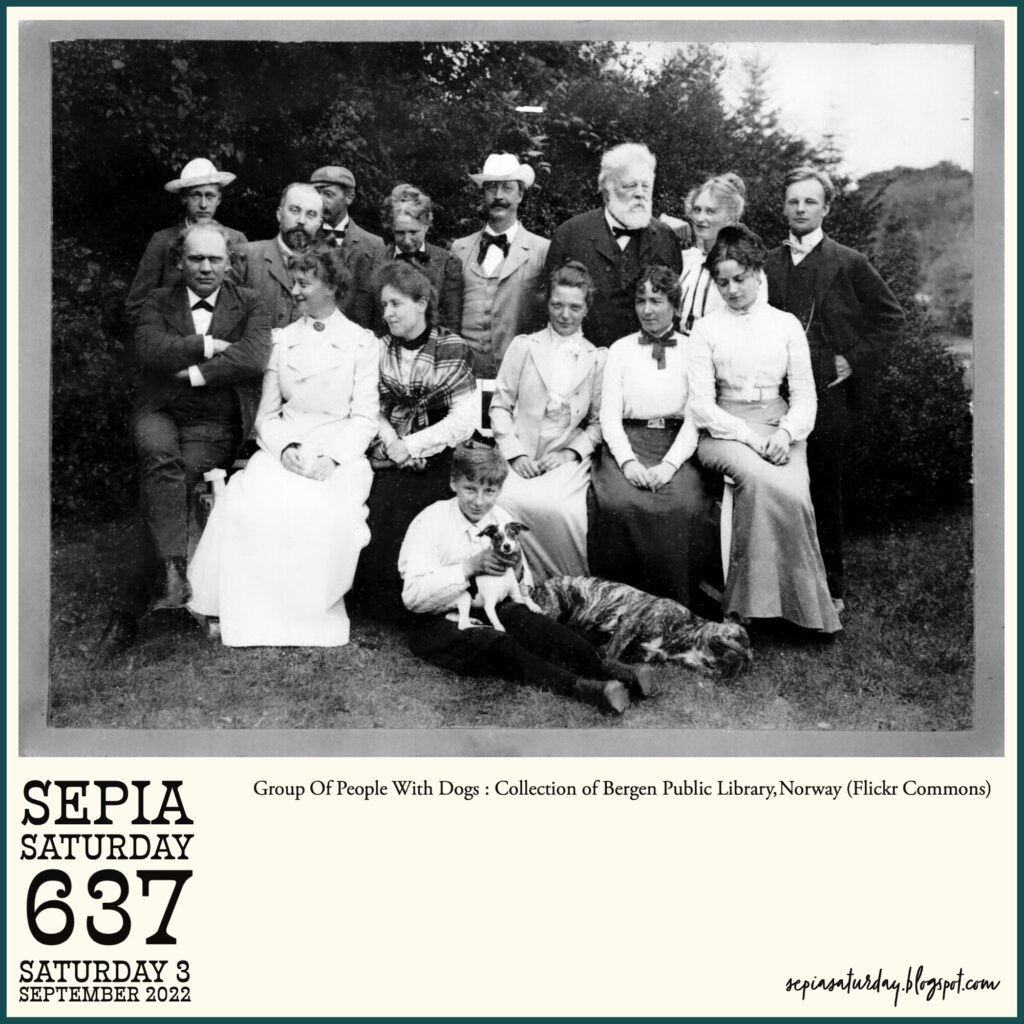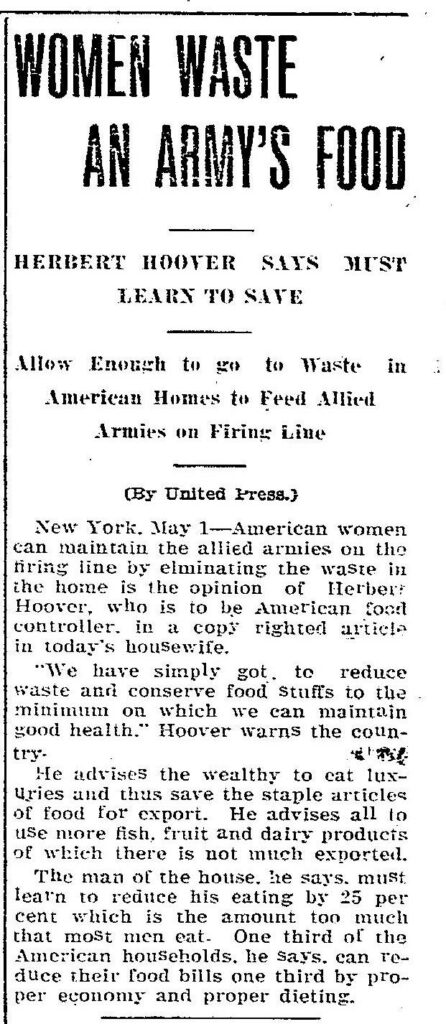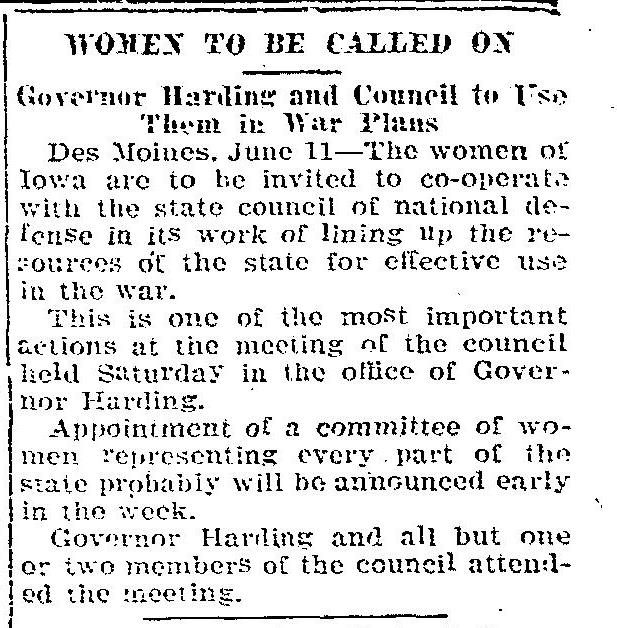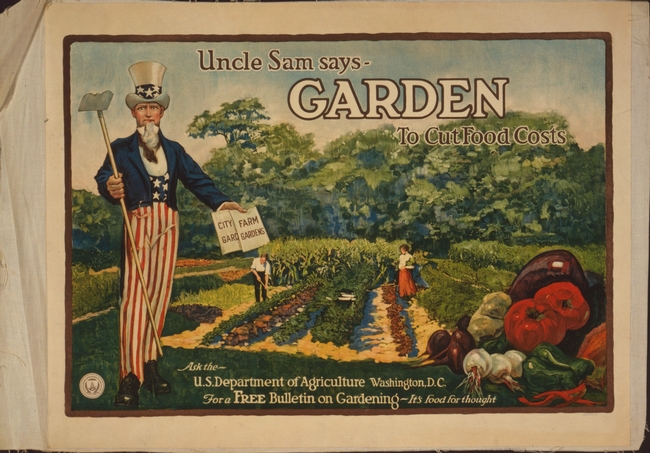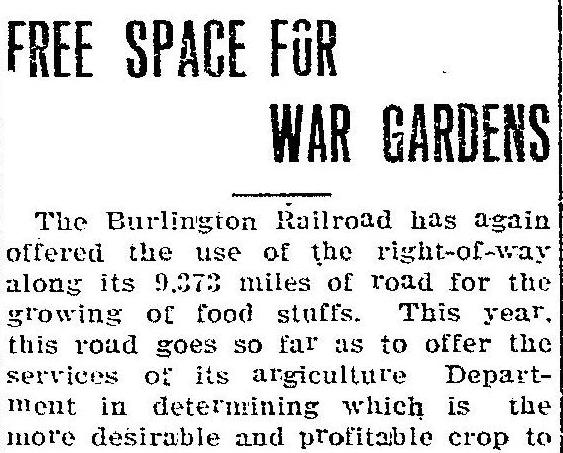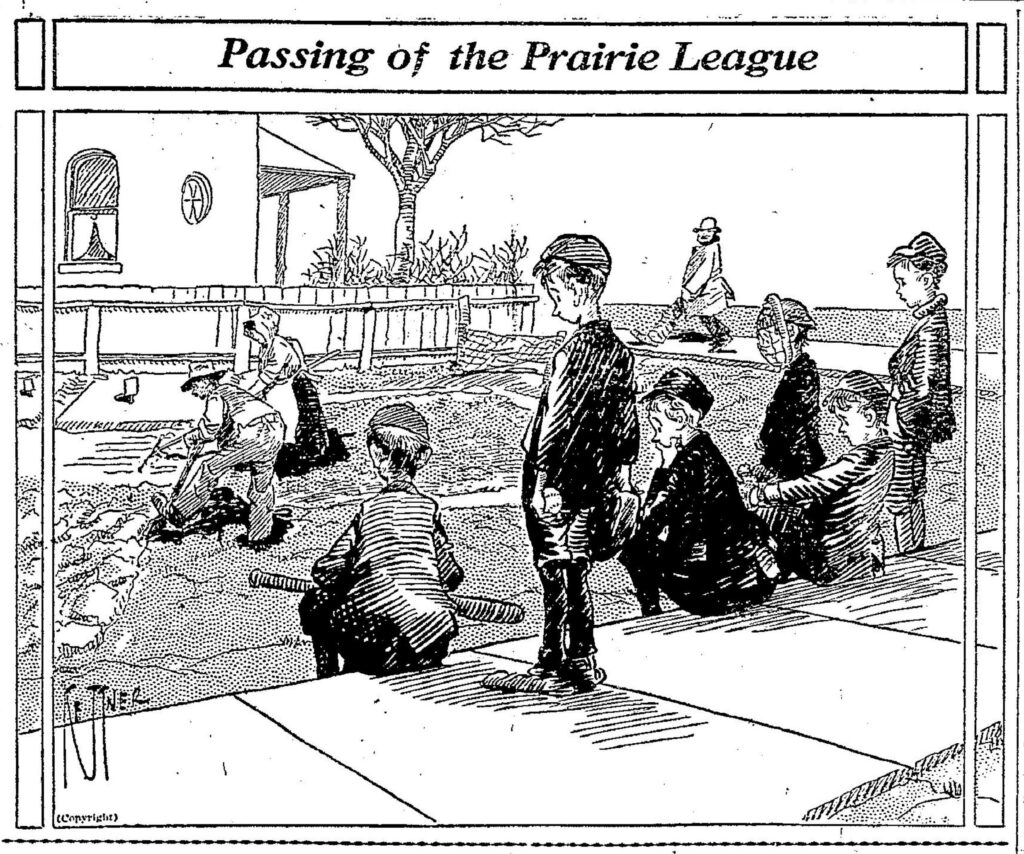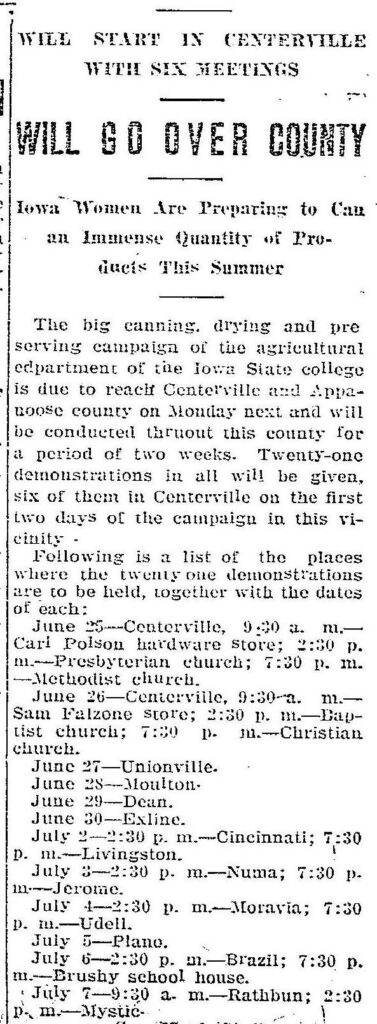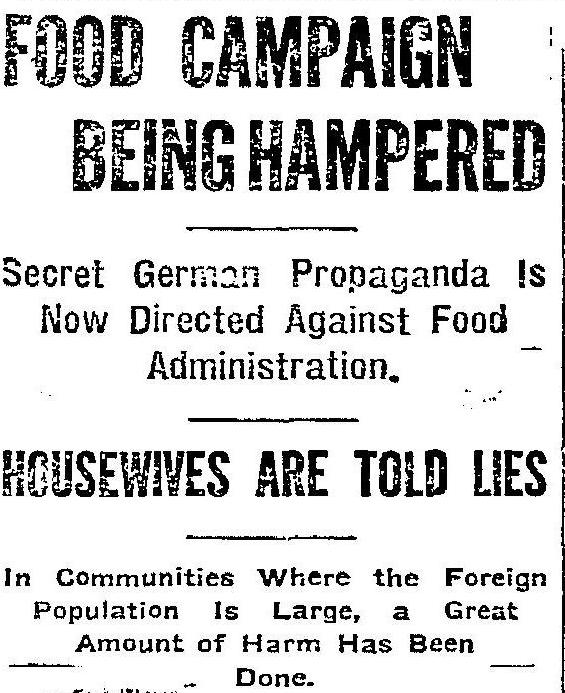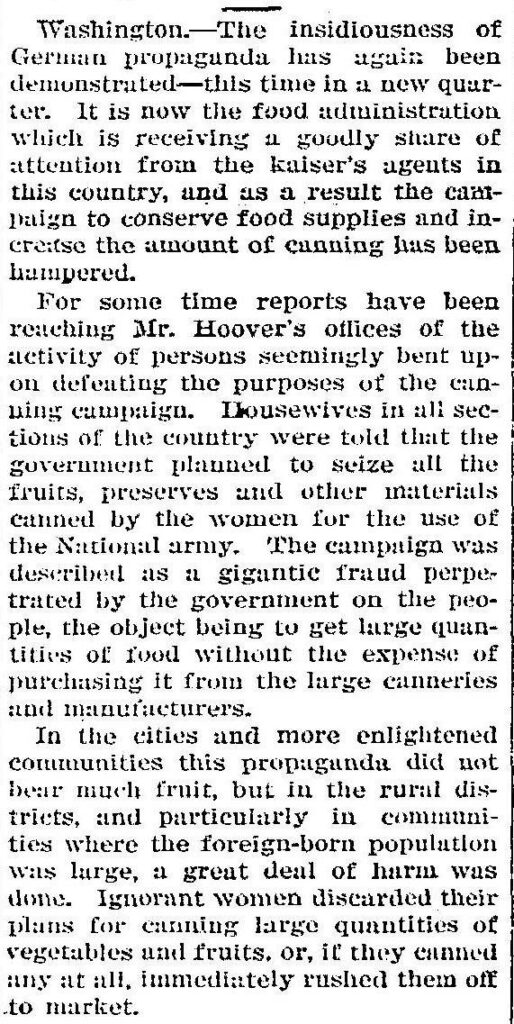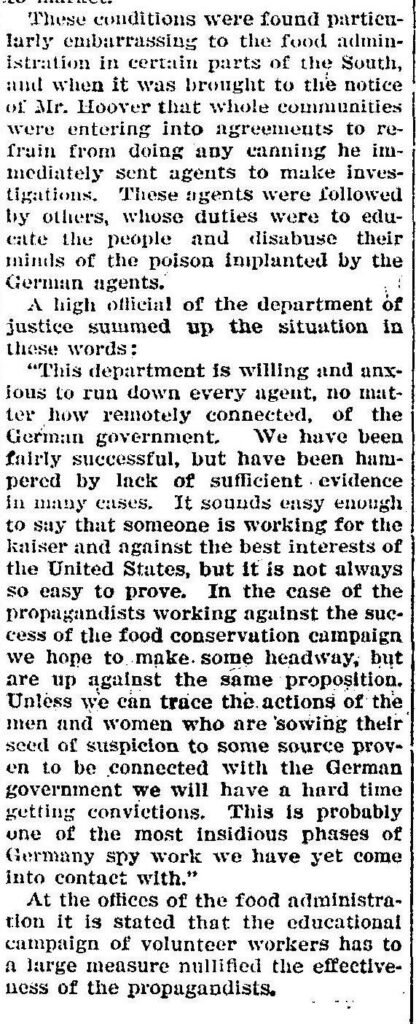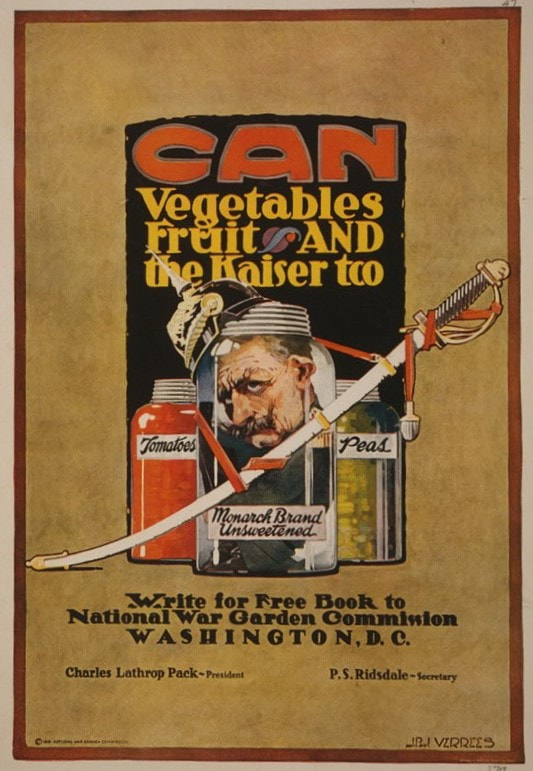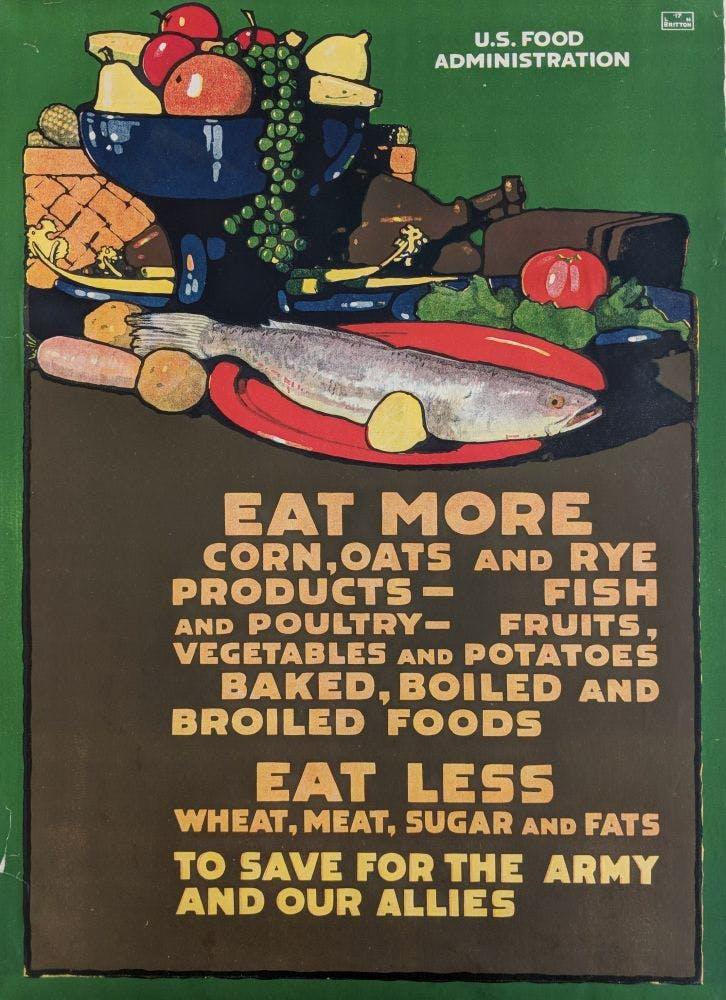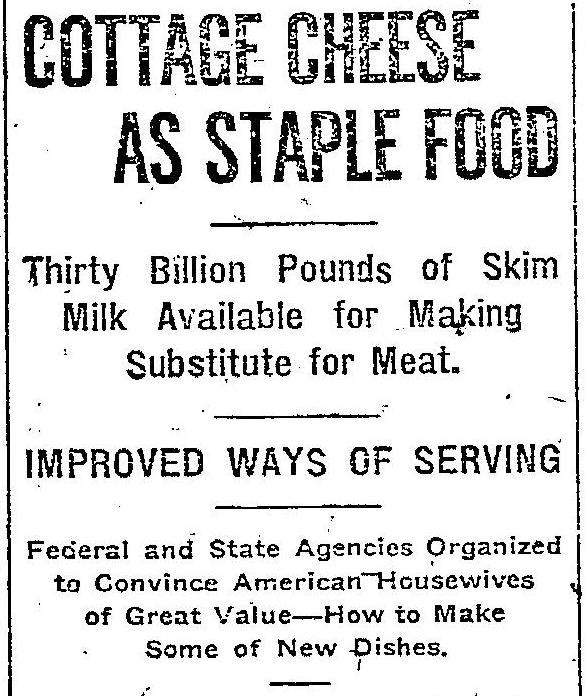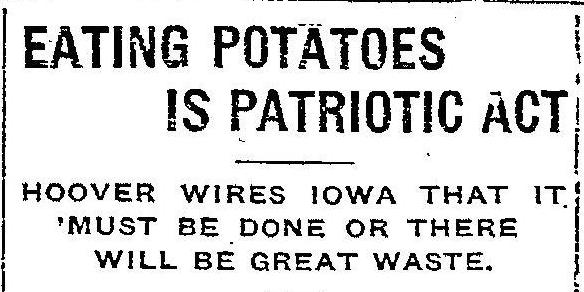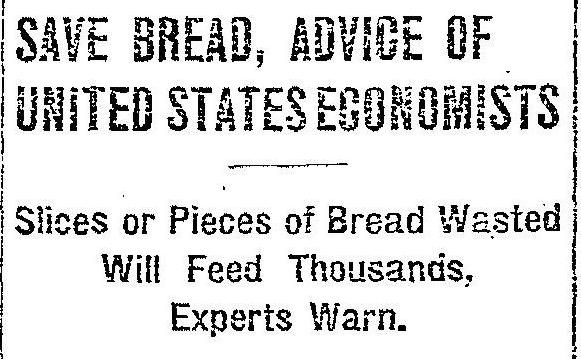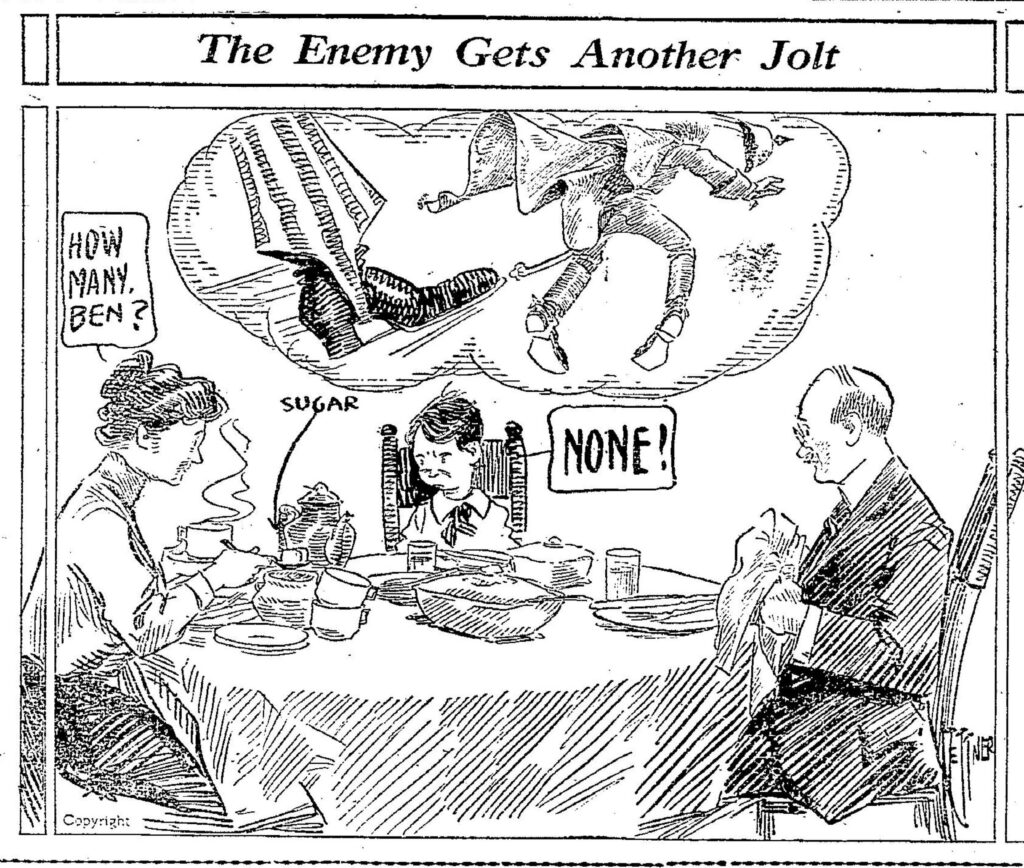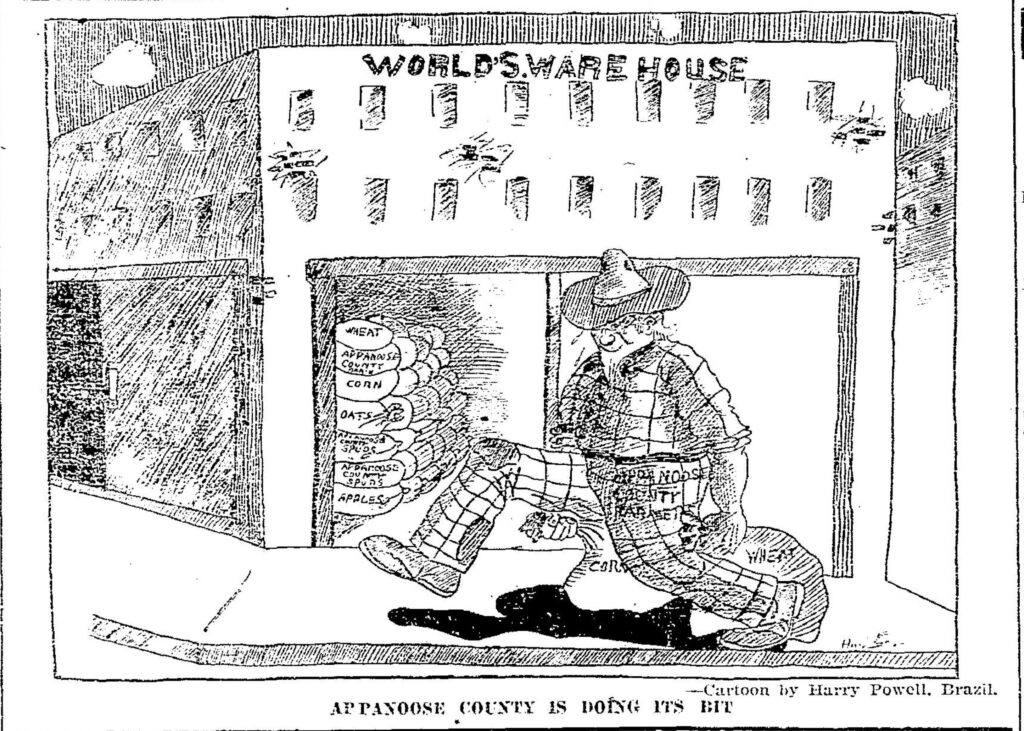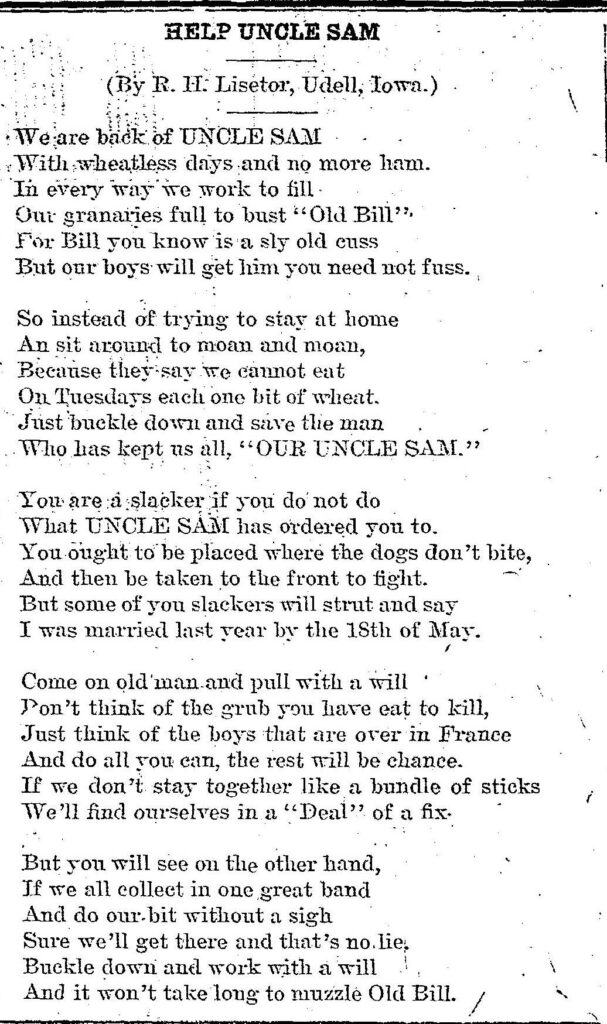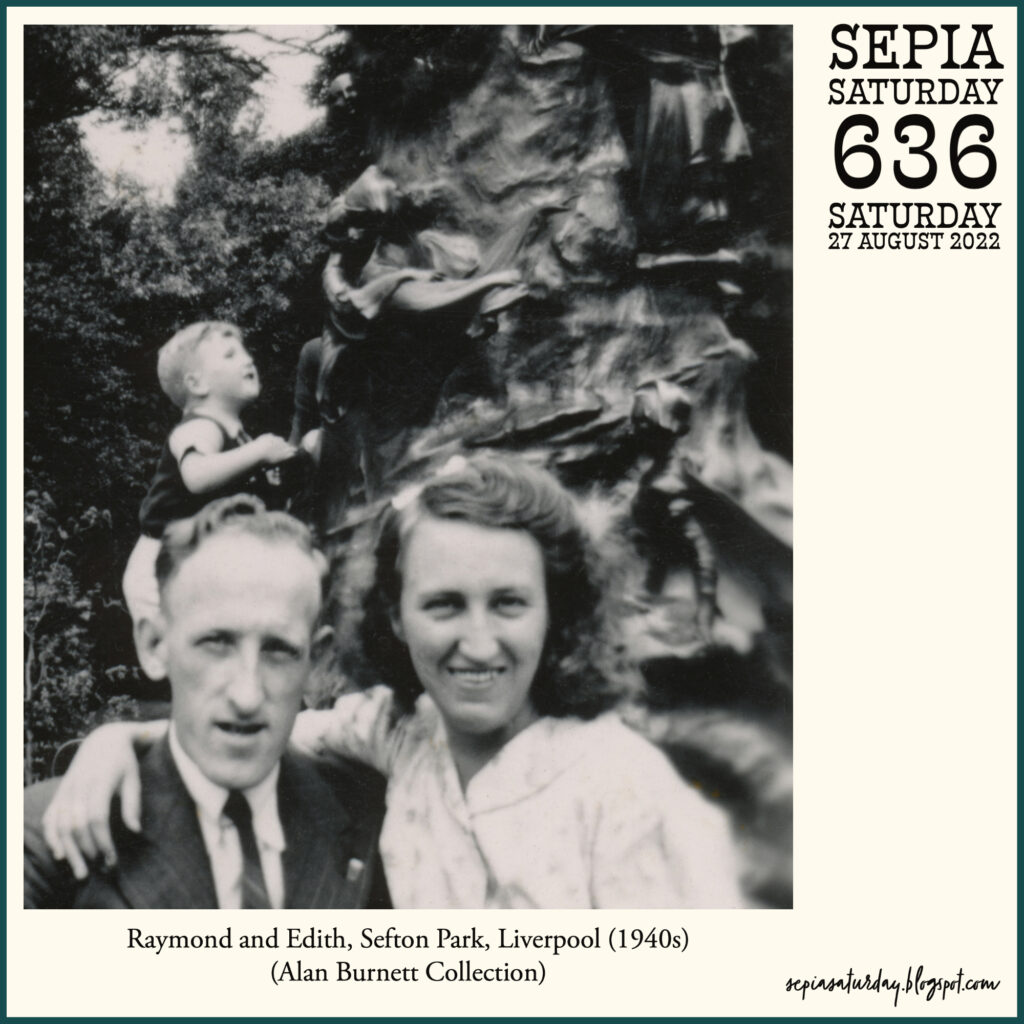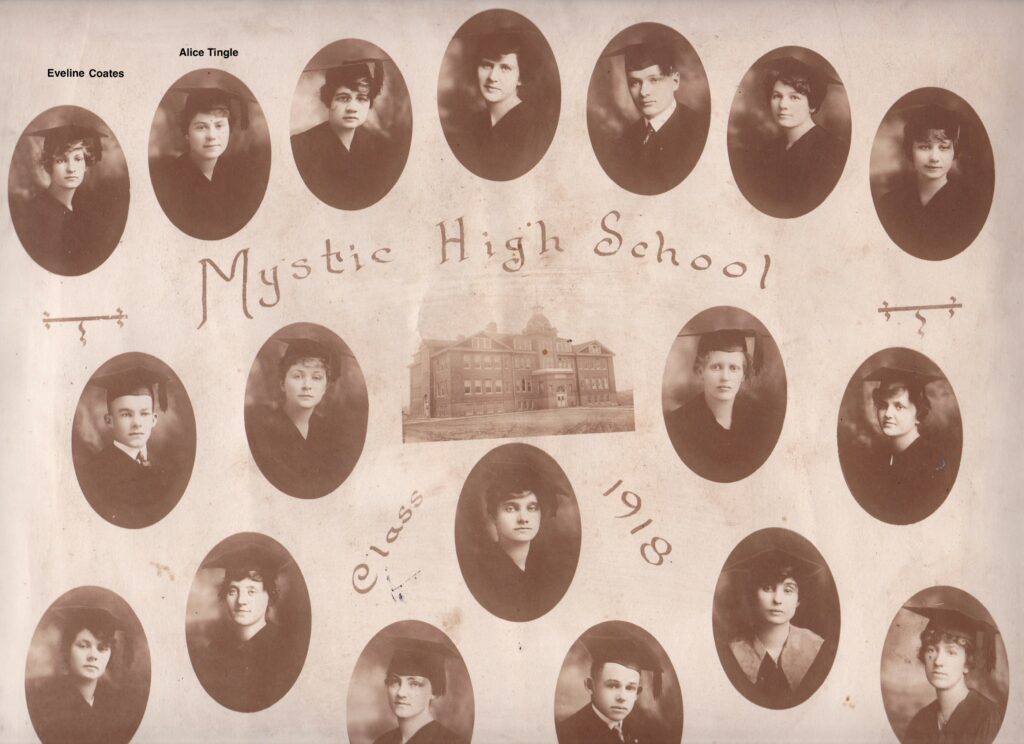
I shared a photo of my grandmother Eveline Coates’ high school graduating class in Mystic, Iowa a few weeks (now months!) ago. Along with the photo and her diploma, a couple of other mementos were saved. One is the program for the Junior-Senior Banquet in honor of the graduating Seniors. It was interesting to see how World War I seemed to be the overarching theme of the festivities. I decided to take a deeper look at what her life may have been like during the 1917-1918 school year. There was a lot going on, a war and the beginning of an influenza pandemic to name the two biggies. The list of related posts is getting long, so I’ll link them at the bottom.
Eveline’s graduation invitation listed a week full of activities prior to graduation.
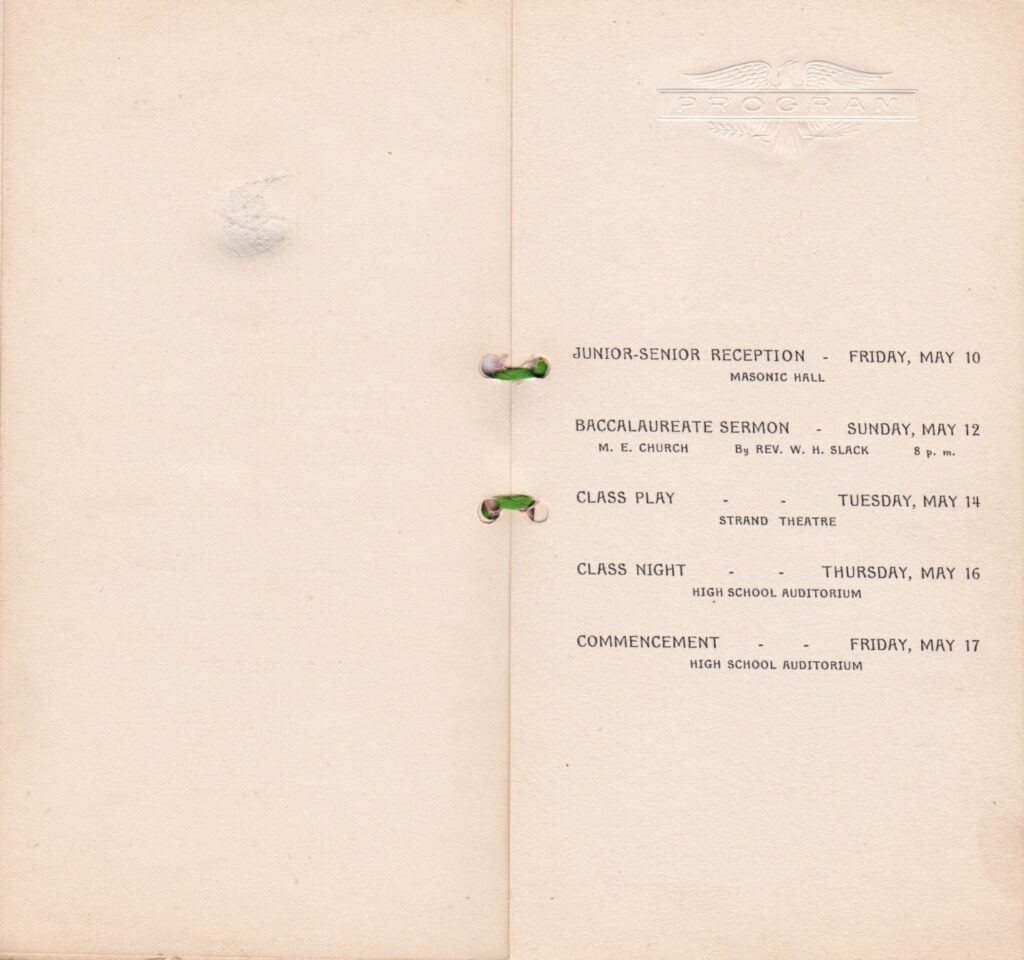
I’m going to skip the Junior-Senior Reception for now and focus on the Baccalaureate Sermon in this post.
Baccalaureate Sermon, 8:00 P. M. Sunday, May 12, 1918. The sermon was given by Rev. William H. Slack at the Methodist Episcopal Church of Mystic, located next to the high school. Rev. Slack registered for the draft about four months later. His registration provides a description of a thirty-nine-year-old white man of medium height and stocky build, with black hair and blue eyes. The minister was reported to have delivered a “splendid” address to the graduates.
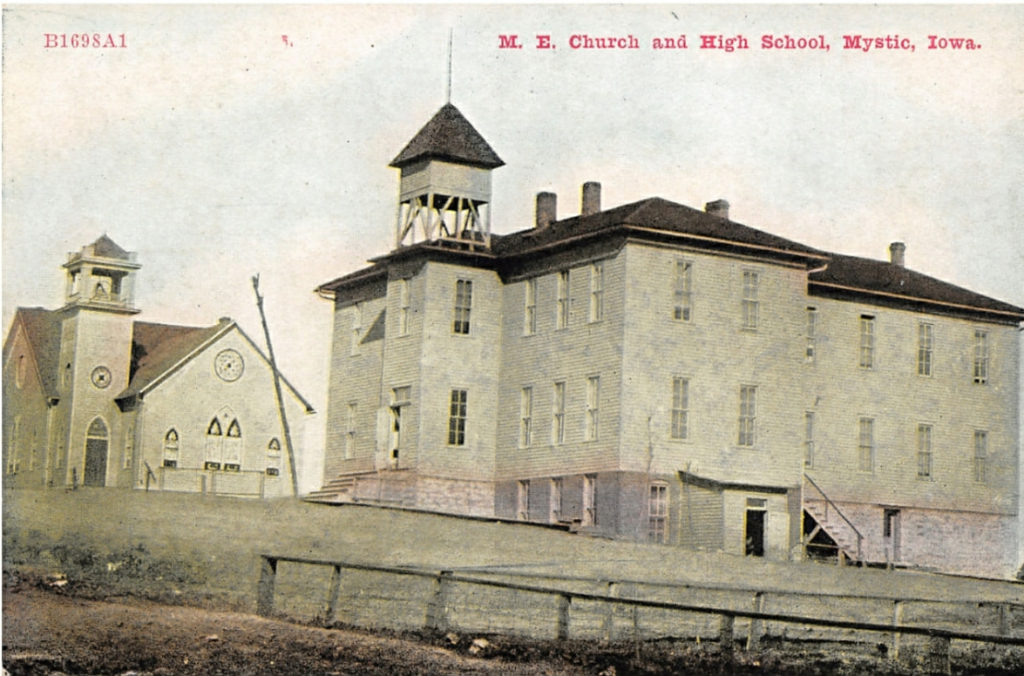

1918 May 16
Miss Edna Evans was a teacher in the high school, but she had previously been Eveline’s teacher in elementary school. A couple of class photos from Eveline’s collection picture Edna Evans.
Vergyle/Virgle Inskeep, Lola White, and Claudine Cook were graduating seniors. Blanche may have been a sister to Claudine. The songs, Welcome Pretty Primrose and The Last Rose of Summer, may have been chosen in tribute to the class flower – the pink rose. The Library of Congress has a recording of Welcome Pretty Primrose. I couldn’t get the link to embed properly, but if you click on the link, you can sing along while reading the lyrics.
https://www.loc.gov/item/jukebox-130359/?

The Last Rose of Summer is a poem by the Irish poet Thomas Moore, written in 1805. The poem is set to a traditional tune called “The Young Man’s Dream.”
‘Tis the last rose of summer,
Left blooming alone;
All her lovely companions
Are faded and gone;
No flower of her kindred,
No rose-bud is nigh,
To reflect back her blushes
Or give sigh for sigh!
I’ll not leave thee, thou lone one.
To pine on the stem;
Since the lovely are sleeping,
Go, sleep thou with them;
Thus kindly I scatter
Thy leaves o’er the bed,
Where thy mates of the garden
Lie scentless and dead.
So soon may I follow,
When friendships decay,
And from love’s shining circle
The gems drop away!
When true hearts lie withered,
And fond ones are flown,
Oh! who would inhabit
This bleak world alone?
The male voices who sang The Sailor’s Dream, are not members of the Senior class, so I assume they were Juniors. Unfortunately, I could not find this song in my search.
I enjoy searching for people and music and descriptions that put an event into context and provide a sense of the time and place, and then I wonder some more … How was the church decorated? Were there flowers? Pink and green ribbons attached to pews or chairs? The pulpit draped in class colors? … Graduating seniors dressed in their “Sunday best” and in the company of their parents and siblings… What message might the minister have wanted to convey to these graduating seniors in a time of war? Did Eveline feel a bit melancholy listening to The Last Rose of Summer?
All I can do is imagine.
I wonder if families and friends lined up at the doors of the M. E. Church as they arrived for the Baccalaureate service?
No need for you to stand in line to explore how others have responded to the prompt photo. Just click the link and you will arrive at your destination: Sepia Saturday
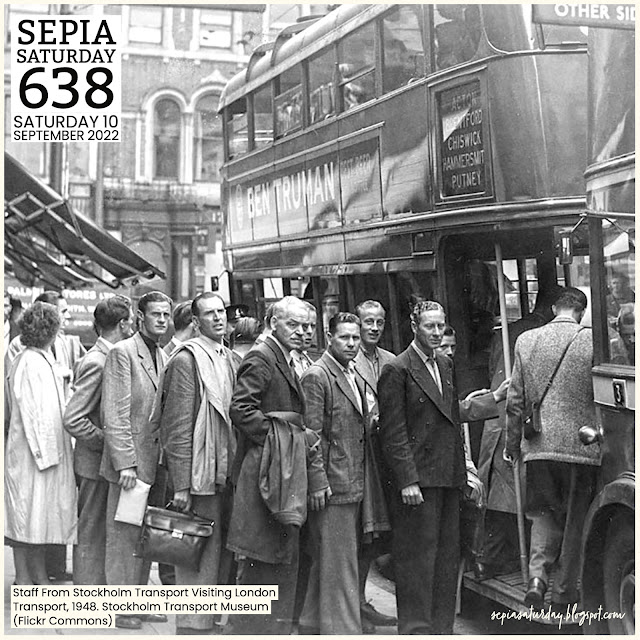
If you would like to read other posts about Eveline’s Senior Year, you can find them here:
Eveline’s Senior Year, Part 1
Eveline’s Senior Year: The Draft and a Carnival
Eveline’s Senior Year: A Look Around Town
Eveline’s Senior Year: Musical Notes
Eveline’s Senior Year: Smallpox
Eveline’s Senior Year: What are you Serving?
Eveline’s Senior Year: Root Beer on the 4th
Eveline’s Senior Year: Miners, Miner and Maps
Eveline’s Senior Year: The Weight of Mining
Eveline’s Senior Year: Gatherings and Gossip
Eveline’s Senior Year: Knit Your Bit
Eveline’s Senior Year: In Search of a Back Story
Eveline’s Senior Year: Sign the Food Pledge
Eveline’s Senior Year: Produce, Preserve, Conserve
Eveline’s Senior Year: Graduation Memorabilia

